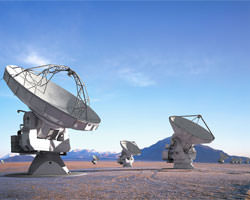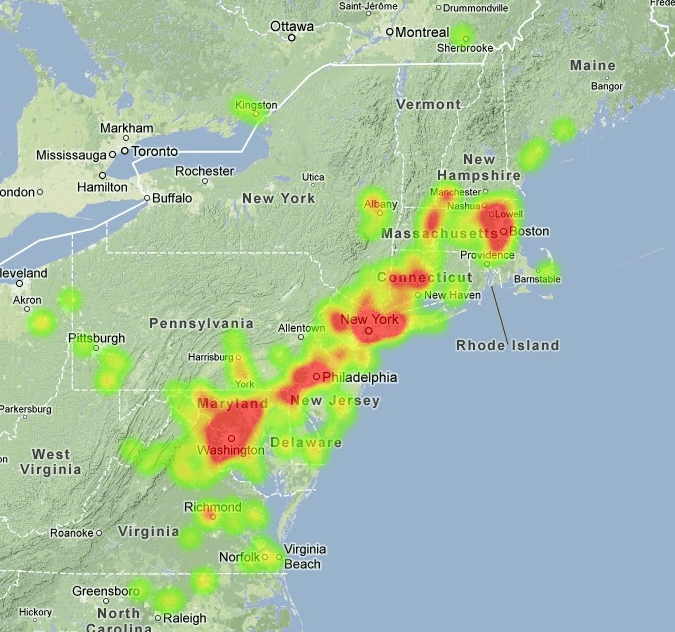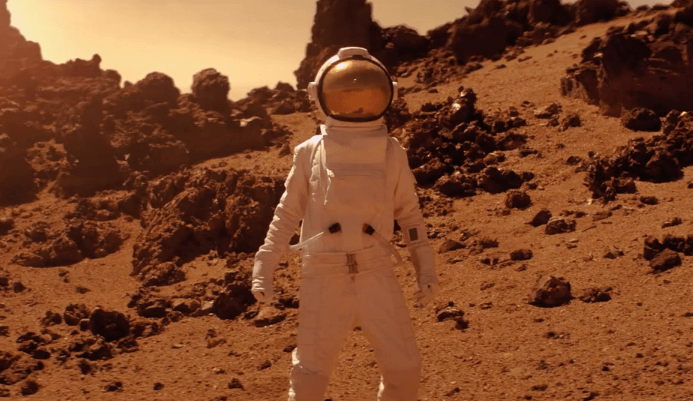Last month a dozen journalists from around North America were guests of the National Radio Astronomy Observatory and got to take a trip to the Atacama Desert in Chile to attend the inauguration of the Atacama Large Millimeter/submillimeter Array observatory — ALMA, for short.
It was, in no uncertain terms, a radio astronomer’s paradise.
Join one radio astronomer, Dr. Nicole Gugliucci, on her trip to the 5100-meter-high Chajnantor Plateau to visit the ALMA sites in this video, also featuring NRAO’s Tania Burchell, John Stoke, Charles Blue and the Planetary Society’s Mat Kaplan.
Read about this and more on Nicole’s NoisyAstronomer blog.
ALMA will open a new window on celestial origins, capturing never-before seen details about the very first stars and galaxies in the Universe, probing the heart of our galaxy, and directly imaging the formation of planets. It is the largest leap in telescope technology since Galileo first aimed a lens on the Universe.








